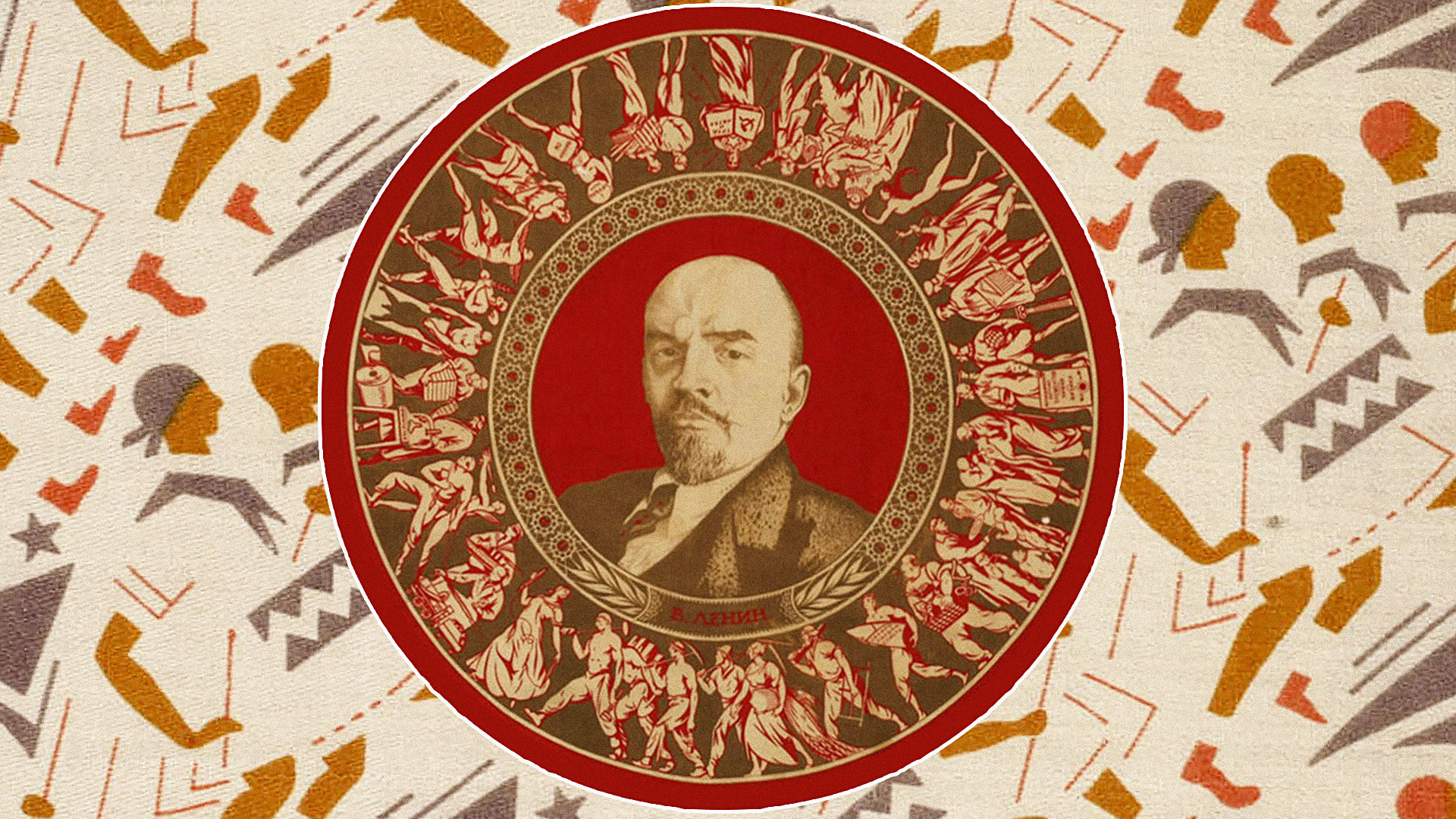
The city of Ivanovo (300 km northern-east of Moscow) is famous for its high-quality fabric. Local factories have been producing textiles since the beginning of the 18th century, making the traditional ornaments with paisley and flowers (that were on display at the World’s Columbian Exposition in Chicago in 1893), as well as Soviet patterns with the hammer, sickle and Vladimir Lenin. The museum of the local chintz (printed multicolored cotton fabric with a glazed finish) has digitized over 300 iconic samples of Ivanovo cotton and silk canvas – take a look!
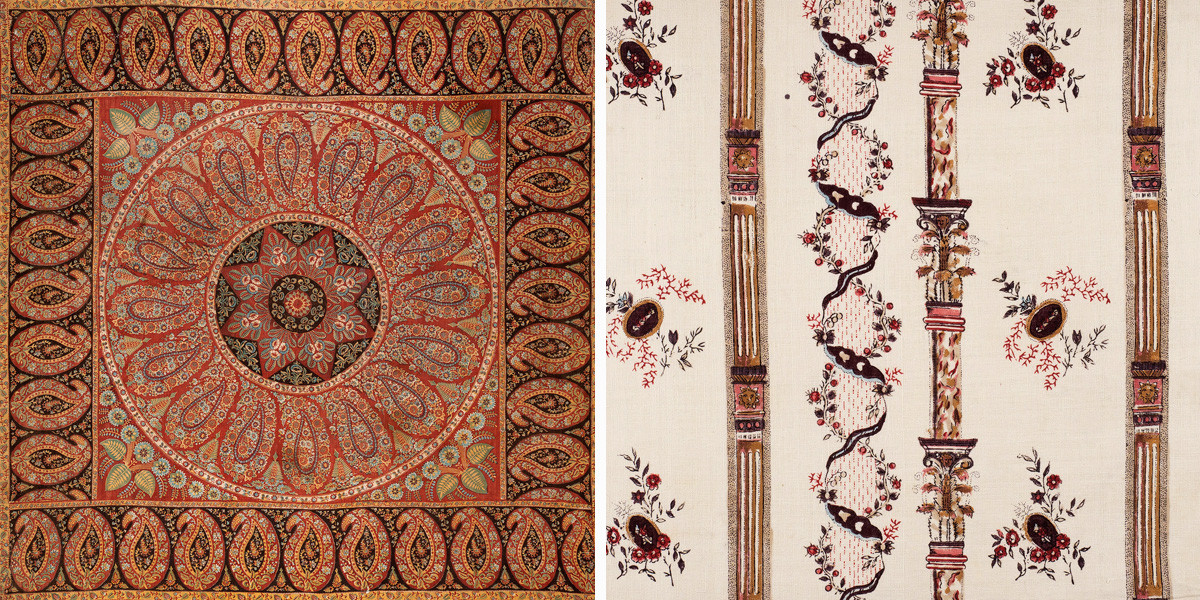
A significant part of the collection consists of various lady’s head shawls. It was an important part of the female Russian costume: firstly, it was cold most of the year, and secondly, it was indecent for a married woman to appear outside without a headdress. This hand-made scarf with a traditional Ivanovo paisley pattern was made in the late 18th century.
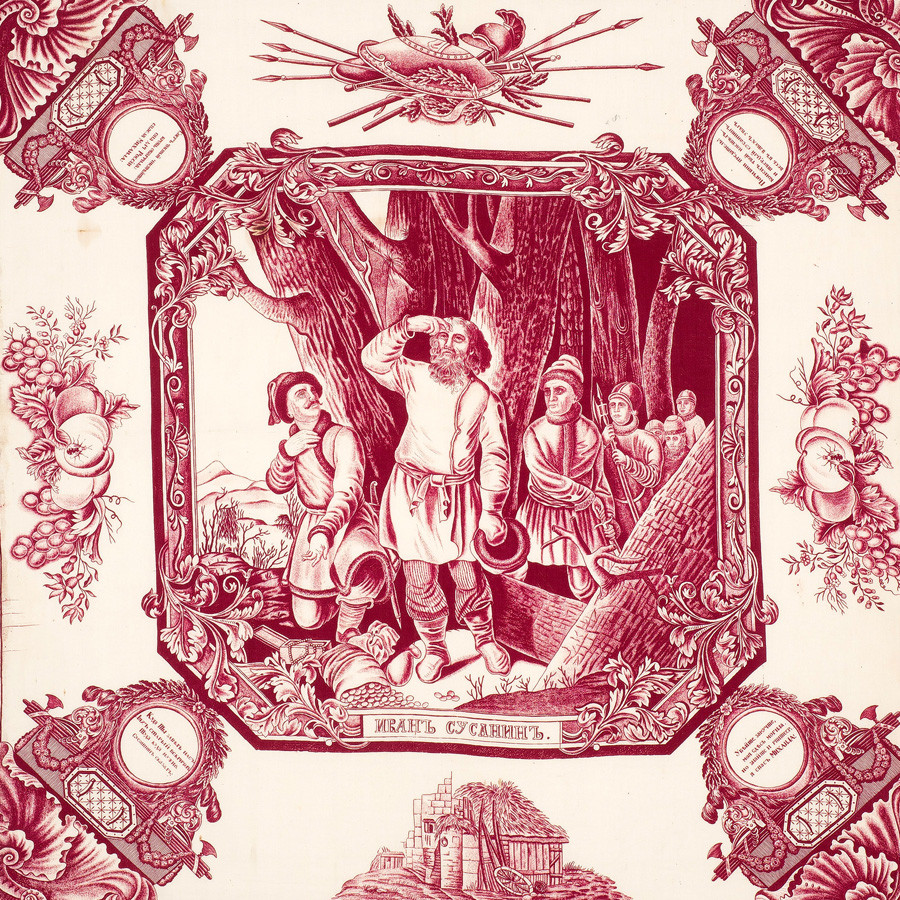
One of the first ‘themed’ headscarves was “Ivan Susanin’s Feat” (during the Polish intervention in 1613, he didn’t reveal the location of Tsar Mikhail Romanov, and was therefore killed). This mid-19th century item depicts the hero surrounded by Poles, as well as poems by Kondraty Ryleev on the edges.
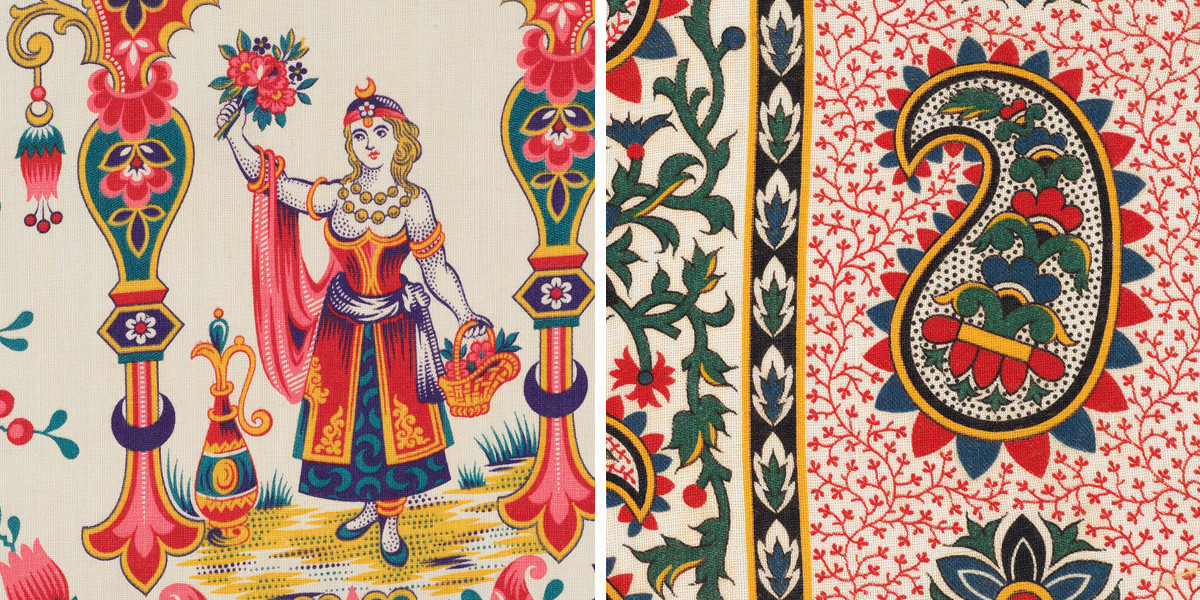
In 1893, Ivanovo textile was presented at the World’s Columbian Exposition in Chicago, the largest of its kind at the time. The Russian pavilion exhibited fabrics from 9 Ivanovo manufacturers. One of them, Anton Gandurin’s, received a medal from the U.S. for its bright printed chintz designed for Asian export.
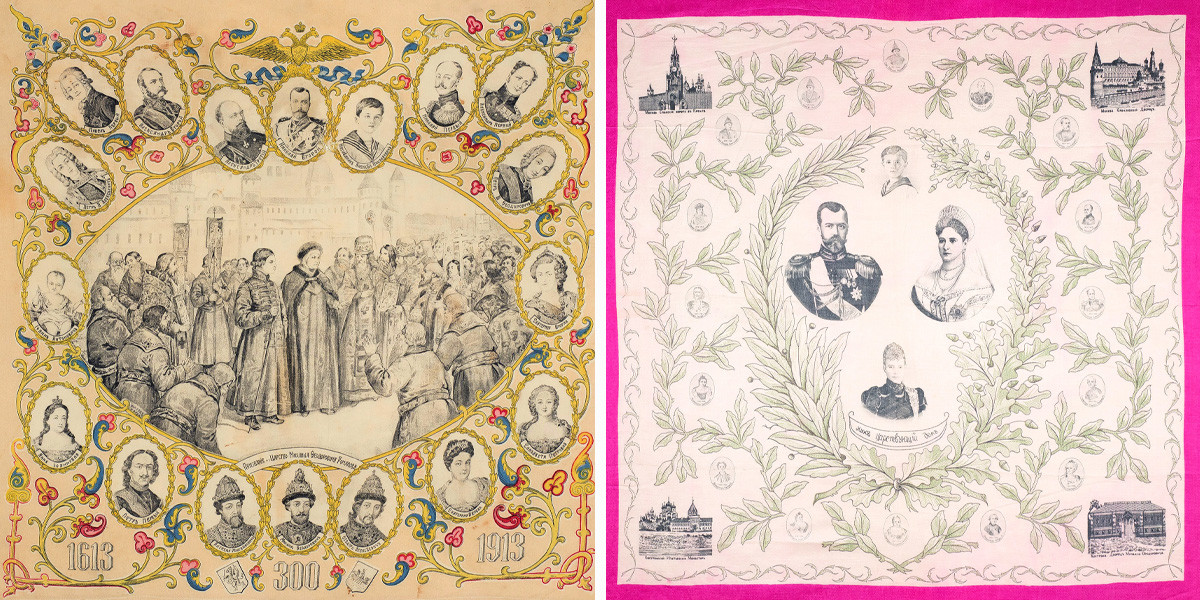
In 1913, to mark the 300th anniversary of the Romanov House, Ivanovo factories produced silk scarves with images of the ruling dynasty.
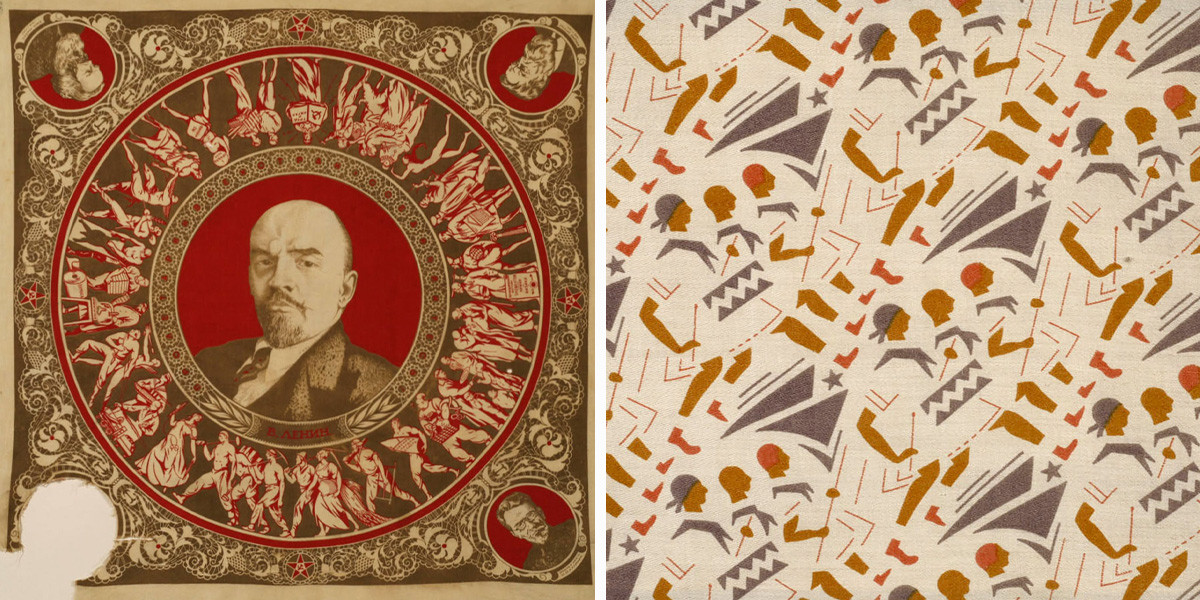
Nevertheless, the most interesting period in the history of Ivanovo fabrics was in the early USSR, when they made the so-called “propaganda textile”, with Soviet ornaments of red stars, planes, locomotives - and even Vladimir Lenin.

Sickle, hammer and ears of wheat were the symbols of the new state… and the new textile patterns of 1920s. This calico received a gold medal in 1925 at the International Exhibition of Modern Decorative and Industrial Arts in Paris.

In the mid-1920s, Ivanovo produced textile devoted to certain jobs and occupations of Soviets. This shawl depicts pioneers with their motto “Always ready!”

This bright satin from 1925 shows the industrialization of the village. The designer combined the process of harvesting with fruit and vegetable ornaments.
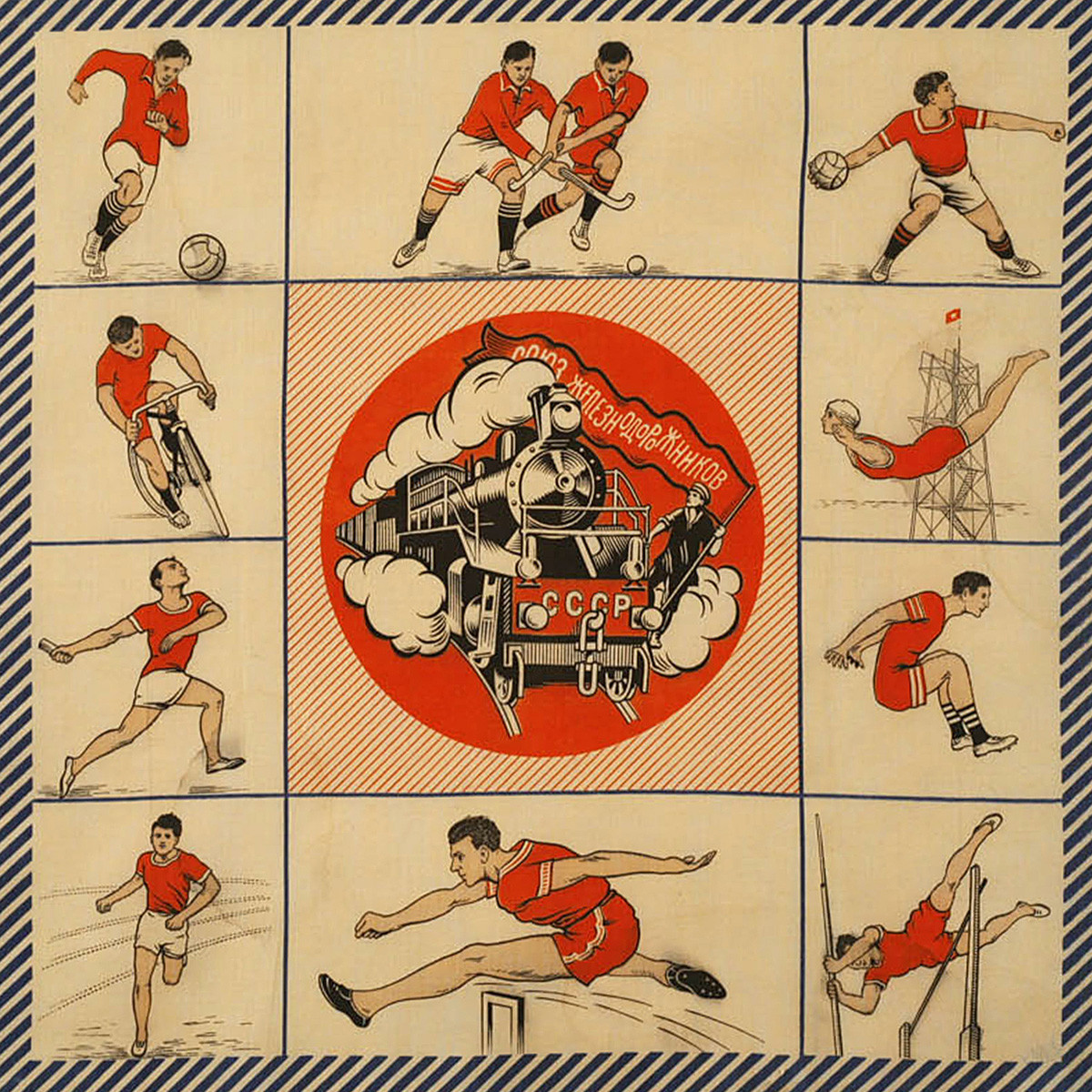
A sports series was created in 1926 by order of the Gudok publishing house for the Trade-Unions’ Spartakiad (an international sports event that was sponsored by the Soviet Union). Here’s one depicting a locomotive carrying the banner of the railway workers’ union.
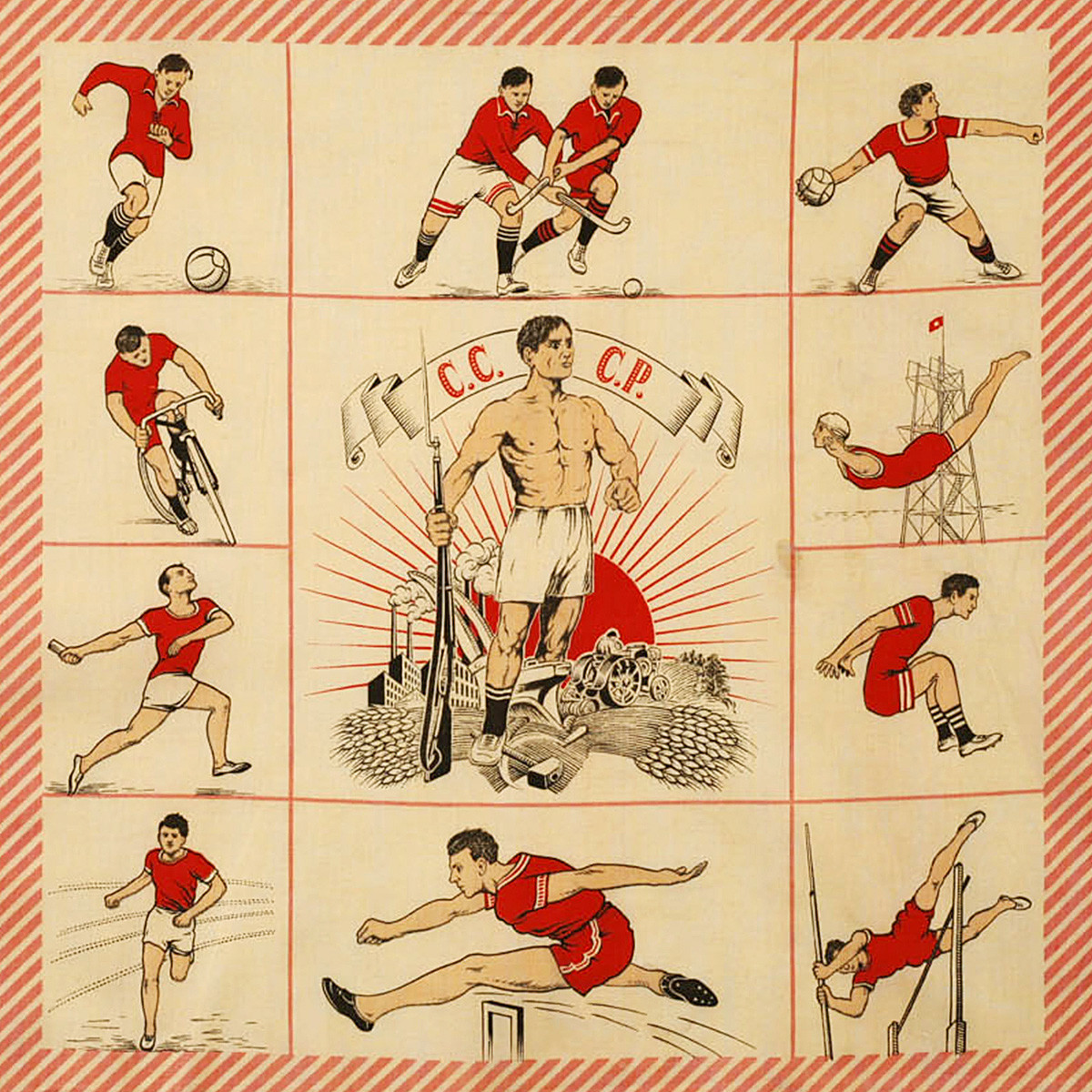
Another one shawl with the same edges depicts an archetypal sporty, muscular Soviet man.
If using any of Russia Beyond's content, partly or in full, always provide an active hyperlink to the original material.
Subscribe
to our newsletter!
Get the week's best stories straight to your inbox